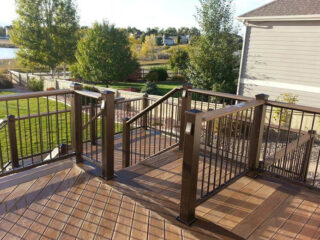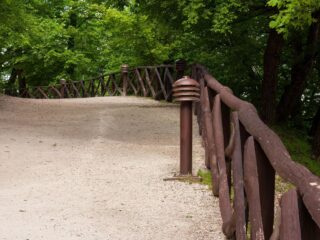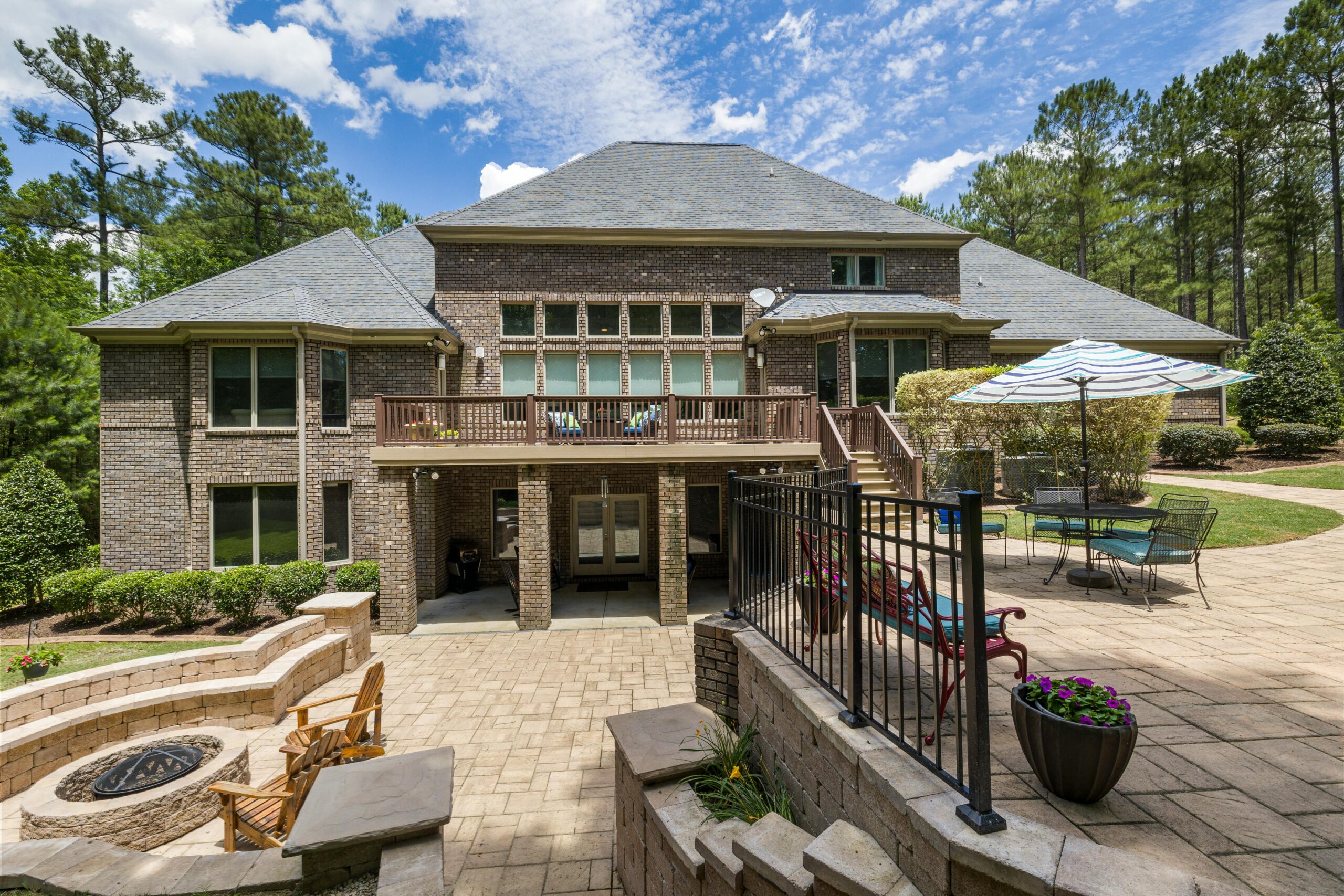
In Canada, managing soil erosion is a significant concern, especially in areas with sloped or uneven landscapes. For homeowners and businesses looking to stabilize their land and prevent damage to properties, retaining walls are a practical solution. If you live in Toronto or nearby regions, retaining walls installation in Toronto can be the key to keeping your property safe from the effects of soil erosion. These structures not only provide aesthetic appeal but also offer critical support to prevent landslides, soil displacement, and foundation damage.
What Is Soil Erosion and What Are Its Impacts
Soil erosion is a natural process that occurs when wind, water, or other forces remove the topsoil from the ground. Over time, it can lead to the loss of valuable soil needed for plants, cause unstable slopes, and even threaten the integrity of buildings. In regions with heavy rainfall or snowmelt, such as parts of Canada, the risk of erosion is even more pronounced.
The loss of soil can:
- Expose tree roots, making plants more susceptible to damage
- Compromise the foundation of buildings and infrastructure
- Decrease soil fertility, making it harder to grow crops or maintain gardens
- Lead to hazardous landslides, especially on steep hillsides
For Canadians living in such areas, having a solution to protect the landscape and property is crucial, which is where retaining walls come into play.
The Role of Retaining Walls in Preventing Soil Erosion
Retaining walls are engineered barriers designed to hold back soil, typically on slopes or hillsides. These walls serve as a support system, preventing soil from eroding or sliding away. While retaining walls have been used for centuries, their functionality and design have evolved over time to meet modern needs. These structures are built using materials like stone, concrete, or timber, each offering unique benefits.
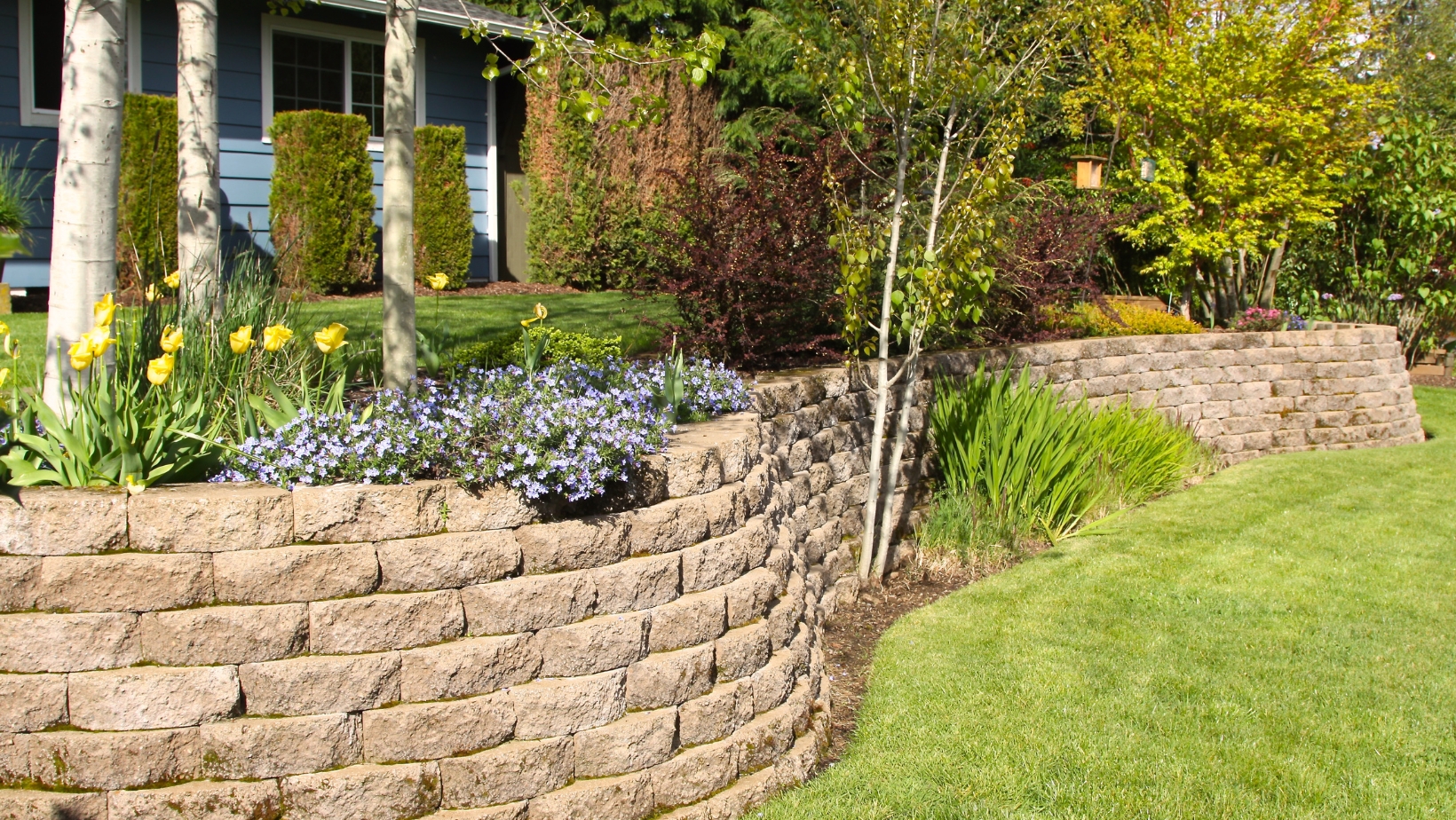
Some of the primary ways in which retaining walls help protect sloping landscapes include:
- Reducing Erosion: By stabilizing the slope, retaining walls minimize the amount of soil that can be washed away by rain or water runoff. The wall absorbs some of the pressure from rainwater, directing it in a way that prevents excessive soil displacement.
- Supporting Vegetation Growth: With a stabilized environment, plants and grass can thrive. Retaining walls help hold the soil in place, providing a stable foundation for vegetation to root deeply and prevent further erosion.
- Preventing Landslides: Slopes without retaining walls are vulnerable to landslides, particularly after heavy rainfall. A well-constructed retaining wall helps keep the soil in place, reducing the likelihood of dangerous sliding.
- Improving Aesthetics: Retaining walls can also enhance the visual appeal of a property. With careful design, they can create multi-level gardens, terraced landscapes, and more.
Types of Retaining Walls
There are various types of retaining walls, each designed to suit different environments and requirements. Understanding which type is right for your property is crucial for ensuring long-lasting protection. Here are a few common options:
- Gravity Walls: These are the simplest type of retaining wall, relying on their own weight to resist the pressure of the soil. Typically made of stone or concrete, gravity walls are often used for smaller slopes.
- Cantilevered Walls: These walls are made with a design that uses the weight of the soil itself to create a counterbalance. They are more efficient than gravity walls and are commonly used for larger slopes.
- Sheet Pile Walls: Made of metal, wood, or vinyl, sheet pile walls are often used in areas with limited space. These walls are driven deep into the ground to resist soil movement, making them ideal for areas near water or with very steep inclines.
- Anchor Walls: Anchor walls are reinforced with cables or anchors that are driven into the ground. This helps them hold back large volumes of soil and is commonly used in commercial properties or high-traffic areas.
Key Benefits of Retaining Walls for Canadians
When it comes to choosing a solution for soil erosion and sloping landscapes, the installation of retaining walls offers numerous benefits:
- Preventing Property Damage: One of the most significant advantages of retaining walls is that they protect buildings, roads, and other structures from soil erosion and landslides.
- Low Maintenance: Once installed, retaining walls require minimal maintenance compared to other forms of landscape stabilization, making them cost-effective in the long term.
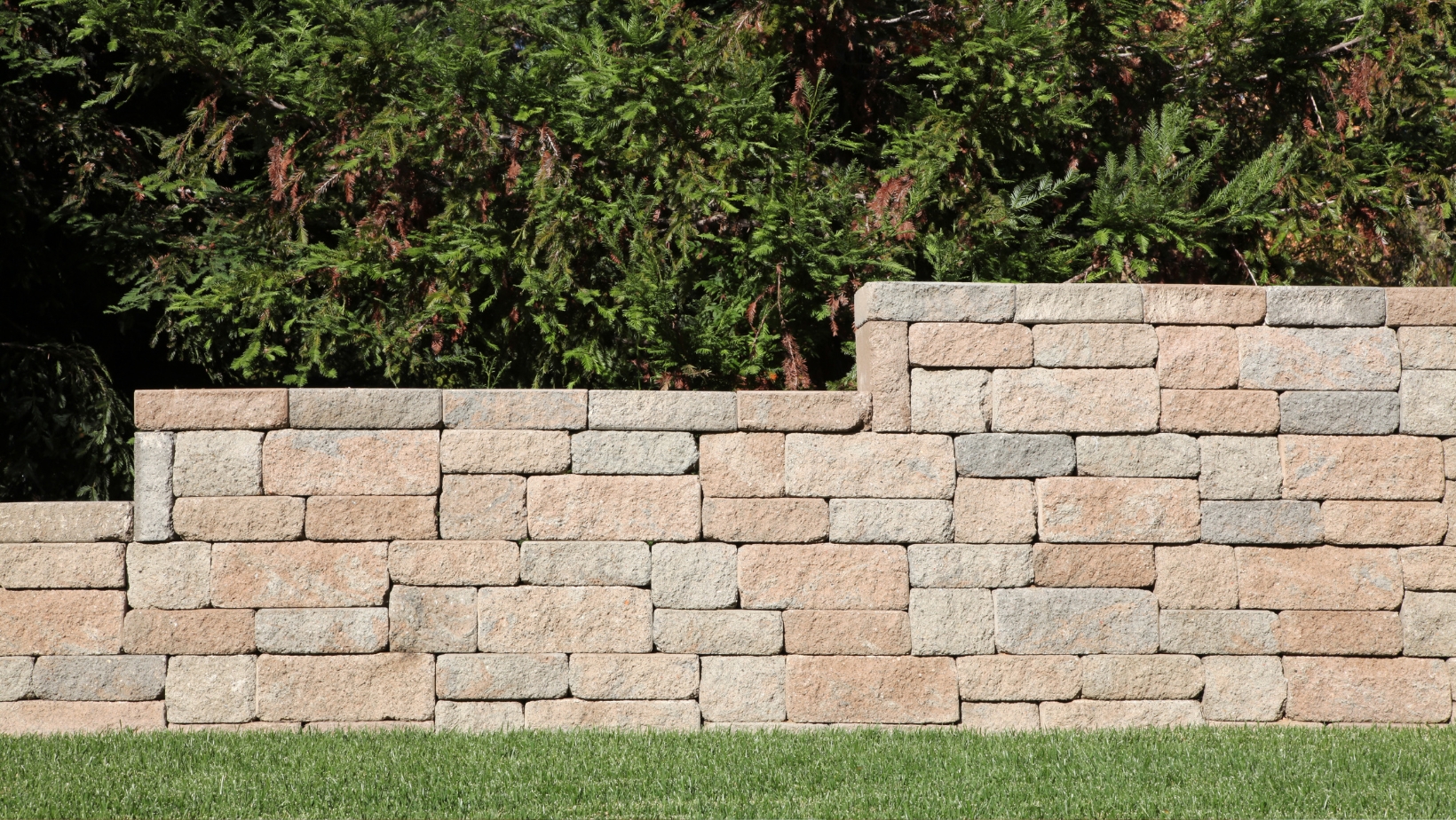
- Increased Property Value: A properly designed and constructed retaining wall can add value to your property, enhancing both the functionality and the visual appeal of your landscape.
- Environmental Impact: Retaining walls can help reduce soil degradation and provide a healthier environment for local wildlife, particularly when they promote the growth of native plants.
How to Choose the Right Retaining Wall for Your Landscape
Choosing the best retaining wall for your property involves considering several factors, including the size of the slope, the type of soil, the local climate, and your aesthetic preferences.
Consider the following when choosing a retaining wall:
- Soil Type and Drainage Needs: Some soil types are more prone to erosion than others, so selecting the right materials is crucial for stability.
- Height of the Wall: Higher walls require more engineering and reinforcement to ensure they can withstand the pressure from the soil.
- Aesthetic Preferences: Choose materials that complement your existing landscape design, whether you prefer natural stone, wood, or concrete.
- Budget: Retaining wall installation costs can vary, so be sure to assess your budget and discuss your options with a contractor.
For Canadians looking to preserve the integrity of their landscapes and protect their properties from the threat of soil erosion, retaining walls offer a reliable and aesthetically pleasing solution. By investing in the right type of retaining wall, you can ensure the safety, beauty, and long-term health of your landscape.


